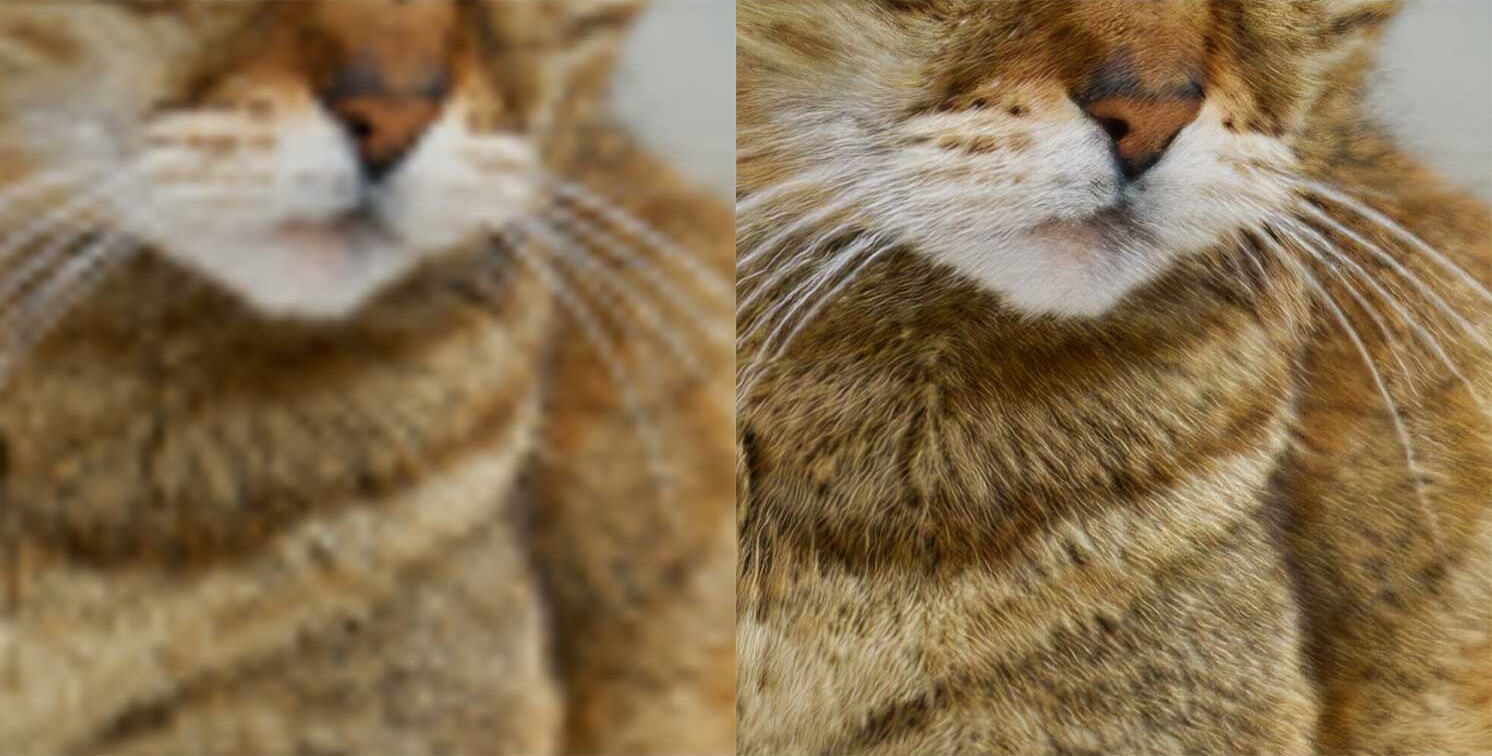OPPO achieves two first-place awards in AI category
Leading global smartphone brand OPPO was recently a participant at the virtually held Computer Vision and Pattern Recognition Conference (CVPR) 2020.
OPPO demonstrated its industry-leading technological strengths and innovative breakthroughs, particularly in the AI space, as well as unveiling a new department of Intelligent Perception and Interaction to explore cutting-edge AI technologies in their Research Institute. OPPO’s success was highlighted by placing in three different contests, winning two first-place and two third-place awards at the CVPR 2020 Challenges.
Technologies that won the awards include: perceptual extreme super-resolution technology which can make a blurry photo 16 times sharper naturally, visual localization that can tell where the photo is taken by analyzing the image, and human activity recognition in videos  Photo Source https://www.facebook.com/oppomyanmar/
Photo Source https://www.facebook.com/oppomyanmar/
Additionally, members of OPPO’s Research and Development team participated in several sessions of the conference, including delivering keynote speeches and participating in seminars to share their insights on computer vision technologies with thousands of leading researchers worldwide.
CVPR is a premier annual computer vision event organized by the IEE (The Institute of Electrical and Electronics Engineers. It covers every aspect of computer vision and pattern recognition, machine learning, and AI, and provides exceptional value for students, academics, and industry researchers.
Eric Guo, Chief Scientist, Intelligent Perception, OPPO, said “we are very pleased to have achieved remarkable results on behalf of OPPO in this year’s CVPR Challenges, reflecting three of our core research directions: environmental perception, human-centric computing, and image/video generation. This is the first public demonstration of our R&D results since the establishment of the Intelligent Perception and Interaction Research Department of the OPPO Research Institute, which also fully reflects OPPO’s AI strength”.
OPPO believes that the cutting-edge exploration in the field of intelligent perception and interaction will fully empower OPPO technologies and products in the future, which will provide users with more innovative interaction method and experience.  Photo Source https://www.facebook.com/oppomyanmar/
Photo Source https://www.facebook.com/oppomyanmar/
OPPO US Research Center also participated in CVPR 2020 and won 6th place in Real-World Super-Resolution Challenge, Track 1: Image Processing artifacts. Meng Zibo, manager of Space-time Lab of OPPO US Research Center, gave a keynote speech on the institute’s leading research on AI-assisted low light photography titled “Looking into the dark: from image to video” and Shuxue Quan, Senior Director of Computer Vision and AI gave a speech on localization and mapping titled “Building a unified SLAM system running on both smartphone and AR glass from scratch”
In this challenge, the OPPO Research team was charged with solving the problem of perceptual extreme super-resolution for a single image with a magnification factor x 16. The aim is to obtain a model capable to produce high-resolution results with the best perceptual quality and similarity to the ground truth. The team developed and demonstrated the effectiveness of their own neural network called RFB-ERSGAN, beating out 280 other participants with its more intelligent analysis, more efficient computation, and more diversified methods, ultimately winning the first-place among teams from Facebook, Baidu, Microsoft, Amazon, and the Chinese Academy of Science.
OPPO’s RFB-ERSGAN neural network produces more natural textures, e.g., animal fur, building structure, and plant texture. The technology will be applied in a number of scenarios. For example, it can help users to change LR photos taken by their smartphones to HR pictures with rich details. Other applications may include: restoring old or damaged photos and old films; refining important medical images or conducting detailed analyses on satellite images and space images.  Photo Source https://www.facebook.com/oppomyanmar/
Photo Source https://www.facebook.com/oppomyanmar/
Achieving one first-place on outdoor visual localization (Aachen Day-Night) and one third-place on indoor visual localization (InLoc), OPPO created a monocular visual localization pipeline that leverages semantic and depth cues to find the precise location of any query image. Overcoming a major obstacle for many computer vision applications, which is to identify and eliminate a significant amount of incorrect results, this method has performed at a state-of-the-art level through robust experimentation.
To date, OPPO has built up a research team of more than 10,000 people, six research institutes, and four R&D centers around the world. Additionally, OPPO founder and CEO Tony Chen said the company will invest RMB 50 billion (USD $7 billion) into R&D spending in the next 3 years to develop core technologies in hardware, software and system in addition to 5G, AI, AR, big data and other frontier technologies. Moving forward, OPPO is committed to continuously explore cutting-edge technologies to provide users with the next generation of innovative interaction methods and service experiences.
Check the following link for further information.





